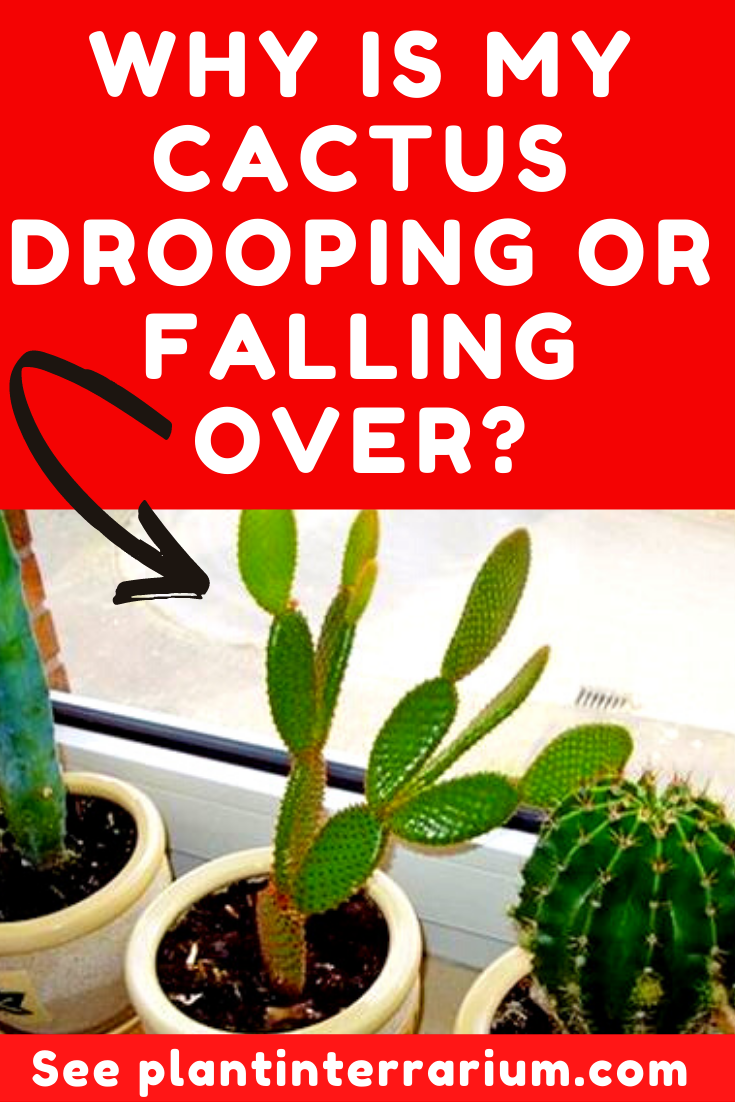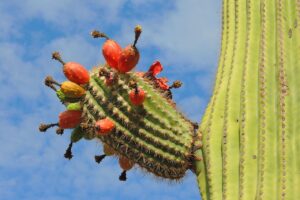My cactus is drooping: What to do when your cactus is drooping or falling over? Have you ever wandered into your garden or your living space, only to be confronted with the disheartening sight of your once-rigid cactus leaning precariously to one side? This predicament poses a playful yet challenging question: what could possibly be causing such a stalwart plant to exhibit such alarming behavior? Let’s unearth the possible culprits behind your cactus’s droopy disposition and explore actionable remedies to restore its vigor.
Understanding the anatomy of drooping: A deep dive into the physiology of cacti
Cacti are fascinating organisms, evolutionarily designed to thrive in arid environments. Their unique adaptations allow them to store water in their stems, providing a sufficient reserve that enables survival during dry spells. However, this remarkable resilience has its limits. When a cactus begins to droop or tilt, it often signals distress. A detailed understanding of its anatomy will help unravel the mystery of this distress.
Every succulent features a mesophyll layer that stores water and photosynthesizes, a waxy epidermis to minimize water loss, and specialized features like spines or hairs that provide additional protection. Thus, when the cactus droops, it is typically indicative of issues related to hydration levels, root system health, or an unsuitable growing environment. Focusing on these elements can help pinpoint the problem.
Common culprits of drooping cacti: Identifying the underlying causes
The first step in addressing a drooping cactus is identifying the potential causes. Here are the most common culprits:
1. Overwatering Syndrome: The Silent Assassin
One of the most prevalent explanations for a cactus drooping is overwatering. Ironically enough, the very water that sustains the plant can suffocate it if not properly administered. Prolonged exposure to excess moisture leads to root rot, a condition where the roots decay and lose their ability to uptake water and nutrients. Consequently, the once-erect cactus begins to droop, resembling a wilting flower.
2. Underwatering Dilemma: A Parched Predator
On the contrary, underwatering can also result in droopiness. If a cactus is deprived of water for an extended period, it may start to lose turgor, the pressure of the water within its cells. This loss of internal pressure leads to a drooping appearance, reminiscent of a dehydrated individual. It’s essential to strike a balance; neither too moist nor too dry.
3. Pot Binds: The Restricting Embrace
A cactus that has outgrown its container may also succumb to drooping. As the roots become bound, their growth is stunted, leading to wilting and falling over. This condition necessitates a larger pot to allow the roots to spread, thereby revitalizing the plant. Addressing pot size could provide a new lease on life for your cactus.
4. Environmental Extremes: Uninvited Guests
Cacti thrive within specific temperature ranges; they dislike excessive humidity and cold drafts. A sudden environmental shift can stress the plant, leading to drooping. Additionally, poor lighting conditions can hinder its growth, exacerbating the drooping issue. Awareness of these external factors is vital for promoting healthy plant life.
Restoring your cactus to its upright glory: Actionable solutions
Identifying the specific cause of your cactus’s drooping is only half the battle. The next critical step involves implementing appropriate measures to rectify the situation.
1. Adjusting Watering Regimen: Finding Balance
If overwatering is the concern, first, stop watering entirely until the soil dries out significantly. For underwatered cacti, provide attention by gradually reintroducing water, ensuring that it penetrates deeply but avoids creating a soggy milieu. A recommended practice is to water sparingly and only when the top inch of soil is dry to the touch to avoid both extremes.
2. Potting the Cactus: Room to Grow
For cacti that have outgrown their pots, gently remove them and inspect the root system. If bound, carefully disentangle roots before transferring the plant to a pot that is at least one size larger. Fresh potting soil can invigorate the plant and encourage healthy growth.
3. Creating an Optimal Environment: A Suitable Habitat
Evaluate the environment in which your cactus resides. Ensure it enjoys plenty of bright, indirect sunlight and temperature stability. If too humid, consider relocating it to a drier area. If necessary, adjust heating, ventilation, and humidity levels to maintain ideal conditions.
Preventive measures: Proactively nurturing your cactus
To prevent future drooping, develop a consistent care routine that emphasizes the unique needs of your cactus. Routine inspections of watering frequency, environmental conditions, and pot size can halt problems before they escalate. With diligence, your cactus can thrive, standing tall as a testament to your nurturing efforts.
In conclusion, drooping cacti can evoke worry but understanding the causes and implementing corrective measures can restore your plant to its former glory. By keeping an eye on watering practices, environmental conditions, and overall health, you can foster a flourishing cactus that encapsulates the essence of resilience and beauty in your space.





Leave a Comment